Search Images
Browse Content (p. 1118)
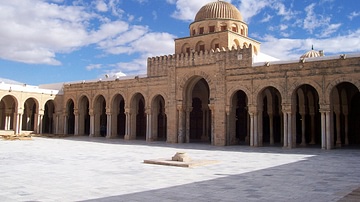
Image
Kairouan Mosque Courtyard
Part of the courtyard of the Great Mosque of Kairouan, modern-day Tunisia, with the main prayer hall. The mosque was established by the Arab general Uqba ibn Nafi in 670 CE along with the town of Kairouan itself, which was used as a base...
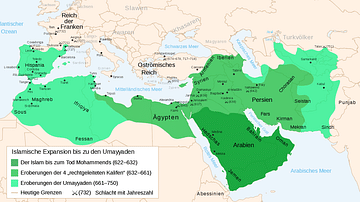
Image
Umayyad Conquest, 7th & 8th Centuries CE
Map showing the Umayyad Arab (Islamic) expansion throughout the 7th and 8th centuries CE. In dark green is depicted the extent of Islam up until the death of Mohammed (622-632 CE); in the intermediate green is shown the conquests of Rashidun...
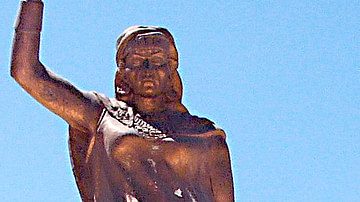
Image
Statue of Kahina
Statue of Kahina (l. 7th century, also known as al-Kahina, Dihya al-Kahina, Dahlia, Daya, Dahia-al-Kahina), a Berber (Imazighen) warrior queen and seer who led her people against the Arab invasion of North Africa in the 7th century. Baghai...
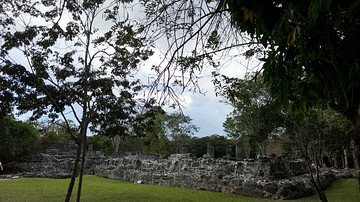
Image
Maya Ruins of San Gervasio on Cozumel, Mexico
The ruins of San Gervasio — located on the island of Cozumel in Mexico — were once an important site of pilgrimage to Maya people who lived from c. 1000-1650 CE. A sanctuary of the Maya goddess Ix Chel used to be located at this location...
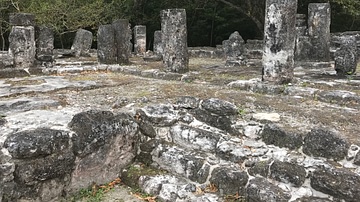
Image
The Maya "Palace" Structure at San Gervasio
Colonnaded halls were very popular among the Maya along Mexico's eastern coast in Pre-Columbian times. At San Gervasio, located on the Mexican island of Cozumel, one can see this Maya "palace" structure in full-view. This structure has benches...
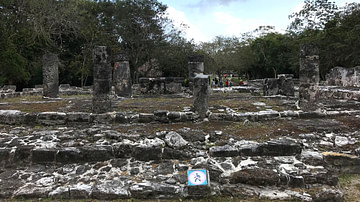
Image
The Maya "Columns" Structure at San Gervasio
This Maya structure located on the Mexican island of Cozumel at the archaeological site of San Gervasio has seven columns, a bench running along the inner walls, and a throne or altar in the middle of the room. The chambers along the side...
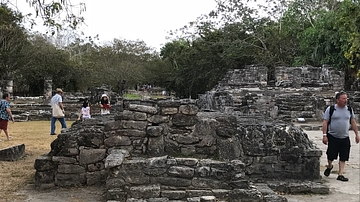
Image
The Maya Altar at San Gervasio
This structure had a ceremonial use for the Maya people as it lies in the middle of the plaza at San Gervasio, which is located on the island of Cozumel, Mexico. It therefore must have served as a dais from which the speaker addressed the...
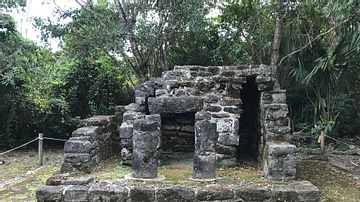
Image
The Maya "Small House" Structure at San Gervasio
Due to its architectural characteristics and its reduced size, it is almost certain that this building's use was ceremonial, especially since all that could be done in its interior was to place offerings. "Small house" (or "Chichan Nah" in...
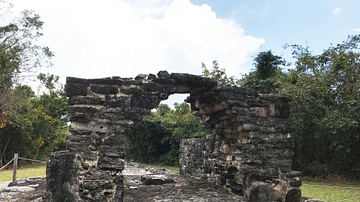
Image
The Maya Arch at San Gervasio, Mexico
In Pre-Columbian days, this construction was the entrance or exit to the central part of San Gervasio, leading to the Caribbean coast. Pilgrims and traders would reach the famous sanctuary of the goddess Ix Chel and deposit an offering at...
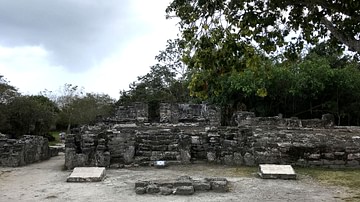
Image
Maya Ruins of San Gervasio on Cozumel
This photograph shows some Maya ruins from the San Gervasio archaeological site, which is located on the island of Cozumel in Mexico. In the center, one sees the "Niches" structure, which was once composed of miniature shrines that were built...